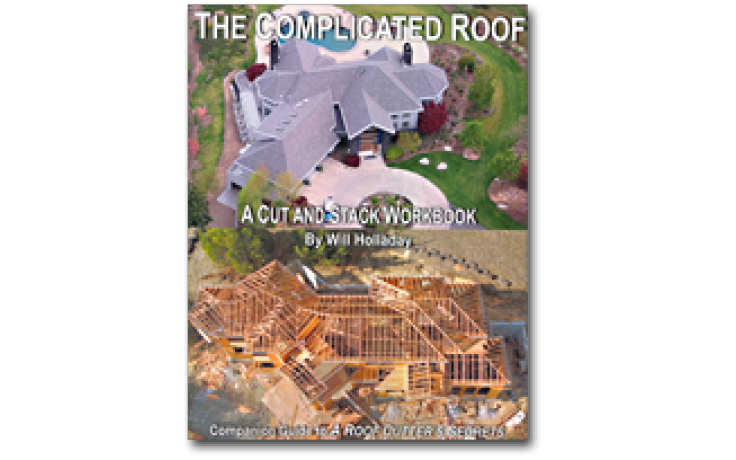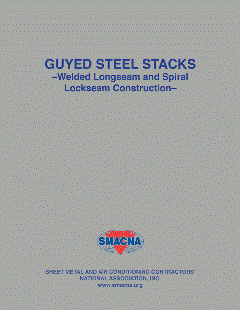The Long View on Metal Roofing

I find the emerging discussion of eliminating quarterly reporting for public companies quite intriguing. Like any issue worthy of consideration, this initiative has its supporters and detractors.
On the side of eliminating quarterly reporting in favor of reporting once or twice annually is the idea that this will allow companies to operate with a greater focus on long-term results. It’s no secret that the quarterly report often drives the decision-making process regardless of what may happen in succeeding quarters, or even years.
The opposing view is held by those who believe that public companies would run amok if shareholders were not given the opportunity to peek under the hood at least once per quarter. They feel that it wouldn’t be possible to hold corporate management accountable without this routine oversight by the shareholders and rest of the public.
Publicly-held companies are a rare commodity in the roofing industry, limited to a few manufacturers and some other firms along the supply chain. So, these several public companies notwithstanding, what does this have to do with the roofing business? Nothing, really, unless it signals a change in the attitudes of markets and consumers.
I believe the culture of the quarterly report is a metaphor of how we view things in this country. Not only as investors, but as business operators and consumers. We want results, and we want them now. We take the short view. One example is our tendency to value lower cost construction over that which is more sustainable. At least that has been our history.
A change in public markets, encouraging corporate managers to take the long-term view over “…what have you done for me lately?…” might signal a shift in the attitudes of consumers. Including roofing consumers. How would this impact your market and the roofing systems you install?
I believe if most clients of roofing contractors started seriously considering life-cycle cost of the systems they specify, the rapid growth we have already seen in metal roofing would explode. This won’t happen until taking the long view becomes part of the popular culture in the U.S.
It may not happen in my lifetime, but considering what we’ve seen already, including the green movement and the move toward more sustainable construction, the tipping point may not be terribly far in the future.
In the meantime, I feel that roofing contractors who want to set themselves apart from the pack should engage every potential customer they encounter in a discussion of options that includes a look at metal roofing. The percentage of customers willing to invest for the long term may continue to be small, but I’m convinced their numbers will continue to grow.
Looking for a reprint of this article?
From high-res PDFs to custom plaques, order your copy today!







